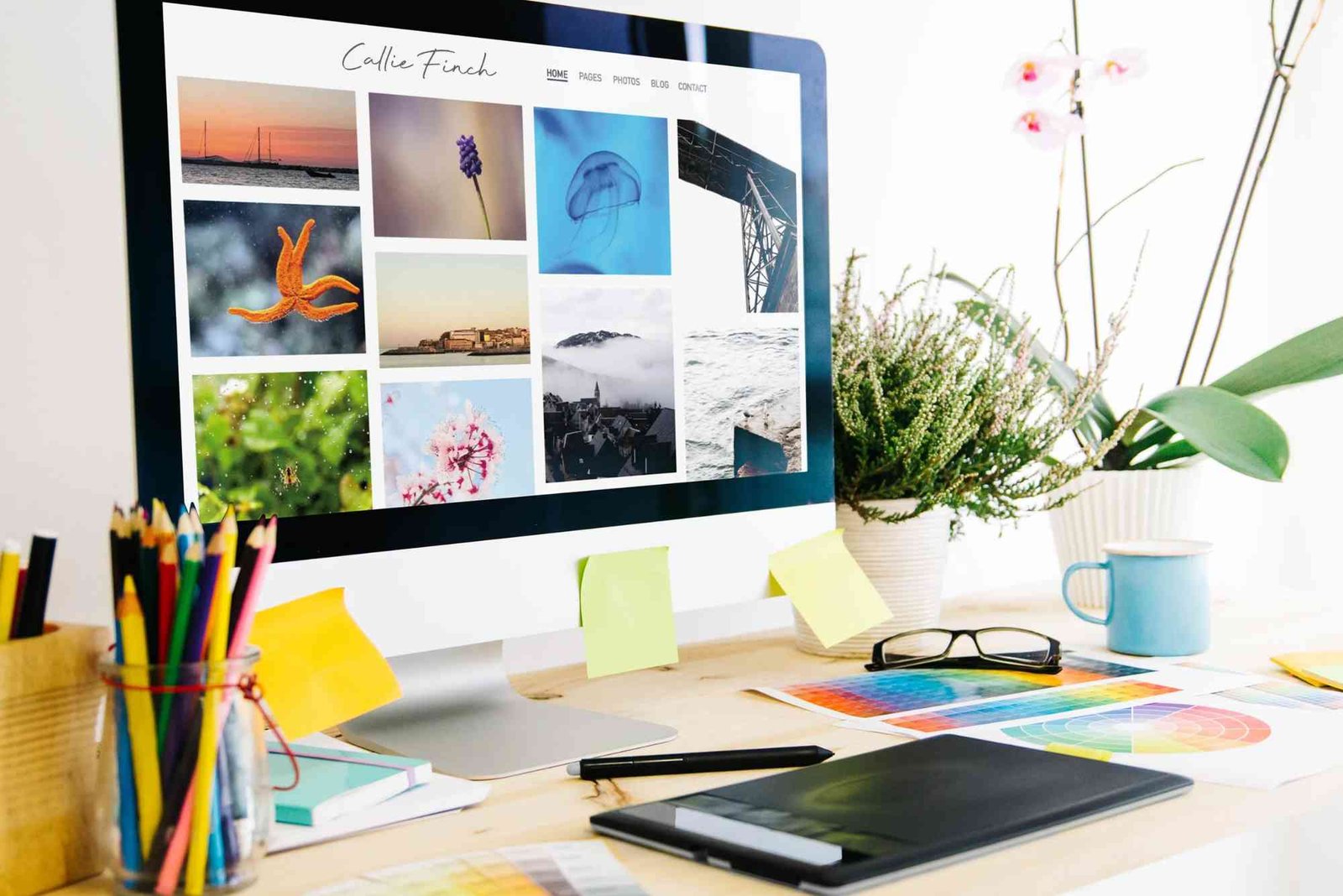Introduction
In the digital era, visual content plays a crucial role in online branding and portfolio presentation. High-resolution images are essential for showcasing work professionally, but large file sizes can slow down website performance. Image compression ensures fast loading speeds while maintaining visual quality. Below is a step-by-step guide on preparing compressed images for online portfolios and galleries.
Why Image Compression is Important for Online Portfolios
Image compression reduces file sizes without significantly impacting visual quality. This optimization helps websites load faster, improves SEO rankings, and enhances user experience. When images are too large, they slow down loading times, leading to higher bounce rates and lower search engine rankings.
For photographers, designers, and artists, maintaining the integrity of their visuals is essential. By using the right techniques and tools, one can achieve a perfect balance between quality and efficiency.
Step-by-Step Guide to Compressing Images for Portfolios
Choose the Right File Format
Selecting the correct file format is the first step in image optimization. The most commonly used formats include:
- JPEG – Ideal for photographs and complex images with multiple colors.
- PNG – Best for graphics with transparent backgrounds but results in larger file sizes.
- WEBP – A modern format offering high-quality compression and smaller file sizes.
- GIF – Suitable for animated images but not ideal for high-quality visuals.
Resize Images Before Compression
Resizing an image to the correct dimensions before compressing helps reduce file size while maintaining clarity. Most online portfolios require specific dimensions for optimal display. Use tools like Photoshop or an online Image Compressor to resize images efficiently.
Use an Online Image Compression Tool
Several tools allow you to compress images without losing quality. Websites like TinyPNG, CompressJPEG, and Digital Ranker Dubai’s Image Compressor provide quick and effective compression. Simply upload an image, adjust settings, and download the optimized version.
Optimize Image Resolution and Quality
Reducing resolution (measured in pixels per inch, PPI) helps maintain a balance between clarity and file size. A resolution of 72 PPI is standard for web images, while anything higher is ideal for print.
Save Images With Proper Compression Settings
When saving images, adjust the compression ratio carefully. For JPEGs, a quality setting of 60-80% ensures minimal loss while reducing file size. PNG files can be compressed using tools that remove unnecessary metadata.
Test Images Before Uploading
After compression, test images on different devices to ensure quality and loading speed. If the image appears blurry or pixelated, adjust the compression settings accordingly.
Best Practices for Optimized Online Portfolios
Here are some key practices to ensure the best quality for your compressed images:
- Use responsive images – Implement different versions of an image for various screen sizes.
- Leverage lazy loading – Load images only when they appear on the screen to improve speed.
- Convert images to next-gen formats – WEBP and AVIF provide better compression than JPEG or PNG.
- Enable caching – Store frequently used images in the browser cache for faster loading.
- Keep file names SEO-friendly – Use descriptive names like “portfolio-web-design.jpg” instead of generic terms.
By following these methods, your portfolio images will look professional while maintaining fast loading speeds.
Common FAQs About Image Compression for Online Portfolios
1. What is the best image format for online portfolios?
JPEG is the best format for maintaining quality with smaller file sizes, but WEBP is a modern alternative that provides even better compression.
2. How can I compress images without losing quality?
Use online tools like Image Compressor to reduce file sizes while maintaining visual clarity. Adjust compression settings to find the right balance.
3. Does image compression affect SEO?
Yes, optimized images improve page speed, which is a ranking factor for search engines. Faster websites have better SEO performance.
4. What is the ideal image resolution for web use?
For online portfolios, 72 PPI is the standard resolution, while 300 PPI is recommended for printing.
5. Where can I find expert help for digital marketing and SEO?
Digital Ranker Dubai provides expert services for SEO, digital marketing, and web optimization. You can also check out their Digital Ranker Dubai Location for in-person consultations.




